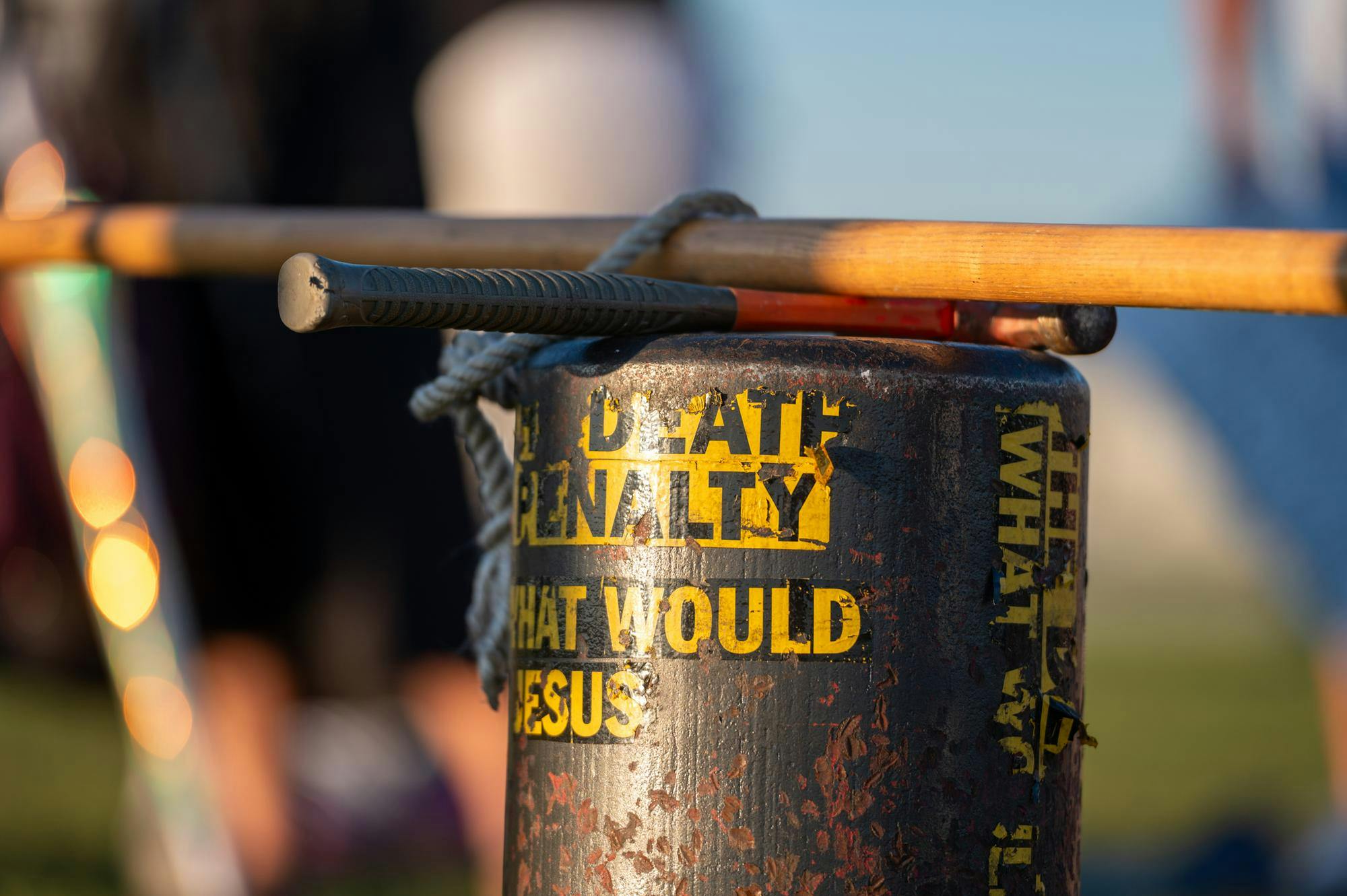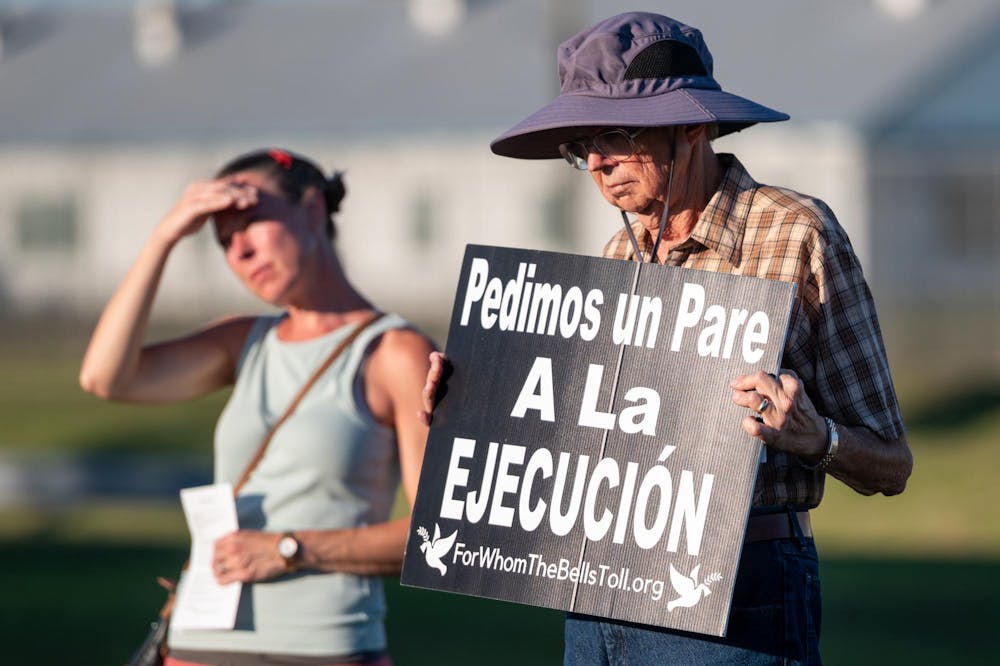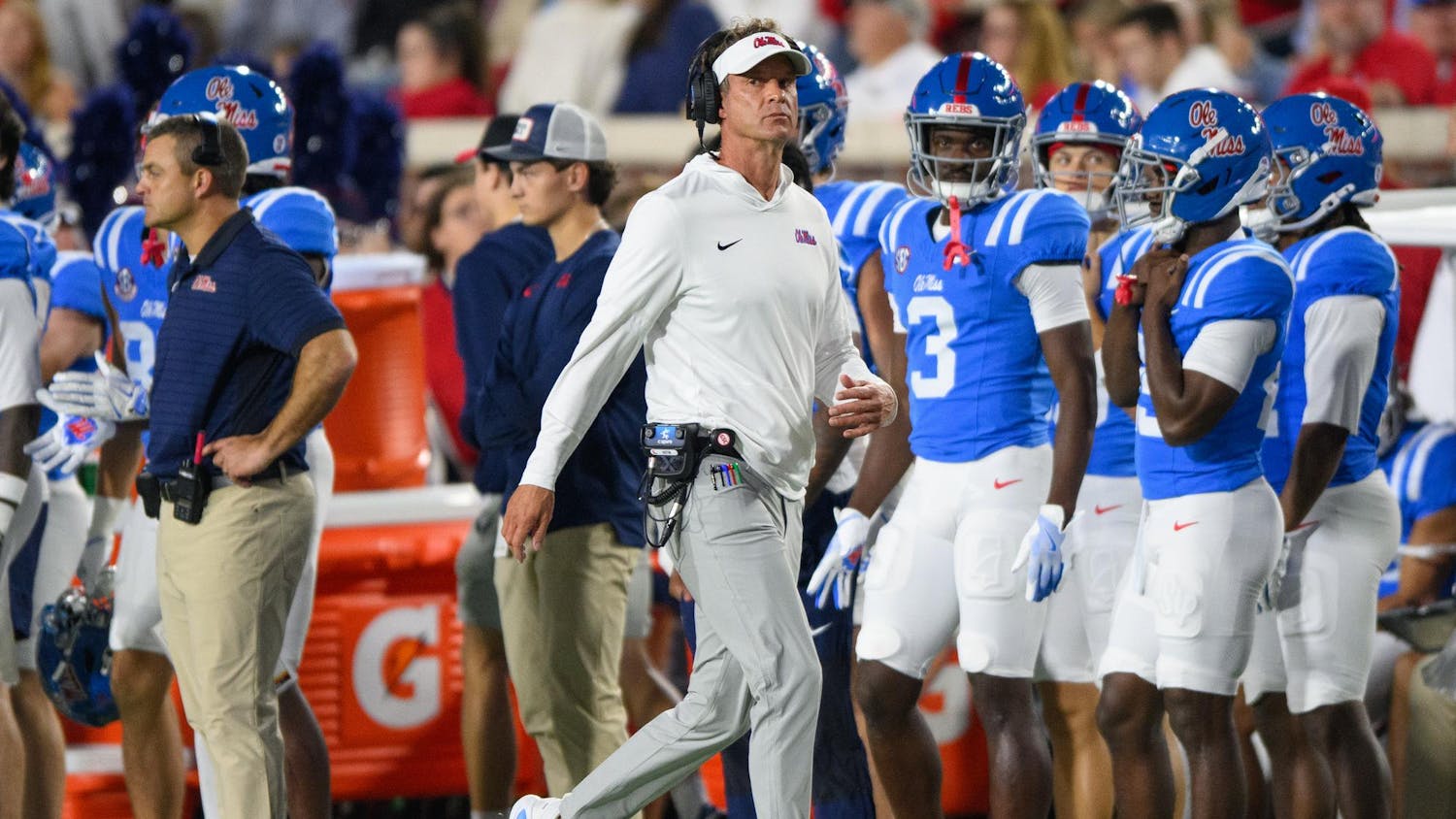Correction: This story previously misidentified John Chick Sr. as a member of a different church. The story has since been updated to reflect the correct church.
Florida executed Samuel Smithers, 72, Tuesday night for the 1996 murder of two women in Plant City near Tampa. The former church leader was put to death at 6:15 p.m.
He is now Florida’s 14th execution in 2025, the most of any U.S. state this year and a record for the state. Florida’s previous record was eight executions in 2014.
Smithers is the oldest person executed in Florida since the practice was reinstated in 1976, although a number of other states have executed inmates older than Smithers.
Smithers’ crime
In 1996, Smithers was a deacon living near Tampa, known as a “wonderful husband and father,” according to court documents. However, he led a double life, allegedly regularly stopping on Hillsborough Avenue, a Tampa street known for prostitution.
There, he met the victims whose murders would earn him the nickname “Deacon of Death.”

Demonstrators from Our Lady of Lourdes church opposed to the execution of Samuel Lee Smithers bring a metal cylinder plastered with anti-death penalty stickers. Smithers was executed on Oct. 14, 2025, at Florida State Prison.
A property owner whose vacant lot Smithers maintained called the sheriff’s department, concerned, one day after discovering Smithers sitting in the carport cleaning an axe near a pool of blood.
When deputies arrived, they noticed drag marks in the grass leading to one of the ponds on the property. There, they found the bodies of two victims, both prostitutes who worked in the same area: one floating in the water, who had only been dead a few hours, and one recovered via dive team, who had died over a week before.
Smithers and the more recent victim, Christie Cowan, were seen on a convenience store videotape together about an hour before the owner of the property discovered the blood.
DNA testing, fingerprints and footprints all implied Smithers’ involvement.
When found, Cowan had injuries consistent with manual strangulation and drowning in addition to head wounds and skull fractures, according to court documents. The medical examiner determined the second victim, Denise Roach, died due to over a dozen stab wounds to her head, along with strangulation.
Smithers admitted to the murders after being caught lying on a polygraph test, court documents said.
Smithers claimed both incidents began with verbal altercations. In Roach’s case, he said he told her to leave the Plant City property and she refused. In Cowan’s, he said she demanded money and threatened to accuse him of rape if he didn’t comply.
At the trial, he gave a different version of events and said an unknown man was blackmailing Smithers into letting him use the property for drug deals, during which the two women were murdered.
He claimed the unknown man threatened to hurt his family if he said anything, so he lied, he said in his testimony.
The punishment
On June 25, 1999, the jury unanimously found Smithers guilty of two counts of first degree murder and recommended a sentence of death, according to the court documents.
The jury found a number of mitigating circumstances, including claims of brain damage from abuse as a child and a head injury sustained during a robbery.
John Cowan, the father of the second victim, asked the judge not to sentence Smithers to death, the court documents noted.
However, the jury also found several aggravating factors, including the fact the murders happened on two separate occasions. Those factors outweighed the mitigating circumstances, leading the jury to recommend the death sentence.
Smithers filed his first post-conviction appeals in 2003 alleging ineffective counsel. At a 2007 evidentiary hearing, witnesses speaking on Smithers’ behalf said he seemed slow and his supposed low IQ made conversation difficult.
The court denied his appeals, noting the two murders were almost identical — indicating premeditation.
Both murders were considered “heinous” by the court and therefore warranted consideration of the death penalty.
Gov. Ron DeSantis signed Smithers’ death warrant on Sept. 12.
On Sept. 19, Smithers submitted his final motion to stop his execution, claiming his status as an elderly person would make his execution cruel and unusual.
The court denied the claim, saying he should have filed the claim earlier and elderly people aren’t exempt from the death penalty.
Smithers argued the U.S. Supreme Court has never expressly ruled on executions of elderly people, so the Florida Supreme Court has the ability to expand the classification of cruel and unusual punishment.
However, the Florida Supreme Court is not required to do so and denied the motion in its entirety.
The day of the execution
An hour before Smithers was put to death, about 30 people, a noticeable decrease from previous executions, gathered on the lawn across from the state prison.
Most belong to the Our Lady of Lourdes church in Daytona Beach, which takes everyone who signs up by coach bus to each execution.
As the sun beat down from the cloudless sky, the protestors held up umbrellas in place of their usual tent.

With the churchgoers stood Grace Hanna, an organizer for Floridians for Alternatives to the Death Penalty. Hanna cited Smithers’ advanced age and alleged brain injuries as a reason to oppose this execution.
“This is not someone who we’re worried about getting out and causing harm to the public,” Hanna said. “He’s been safely housed on death row for 30 years.”
John Chick Sr., the coordinator of the prison ministry at the Diocese of St. Augustine, shares similar sentiments.
“How do I explain to my 10-year-old that somebody is in jail for murdering someone, but we’re going to murder them,” he said.
As 6 p.m. approached, protesters lined up to hit a gong brought by the church to every execution.
“We almost hope that they can hear it,” Chick Sr. said. “Whoever’s about to die can hear that there are people out here for them and praying for them.”
Celinda Perry and her friends, who traveled from St. Marys, Georgia, teared up. After Perry heard of a recent execution, she knew she needed to come.
“I think it doesn’t really accomplish anything,” Perry said about the death penalty. “It makes us complicit in unnecessary violence, and if that’s what we're trying to prevent, then this doesn’t seem to be working so well.”
Traveling even further, a man from Wales stood among the opponents with four Welsh documentarians by his side.
The man, Rhys Williams, has been writing to a penpal on Florida’s death row for 20 years.
He is the subject of the documentary and in opposition of the death penalty.
“I think it’s immoral,” he said. “I think it’s very sad that on such a beautiful evening, we’ve all been standing in a field and a couple of hundred yards away, somebody has been killed.”
A mix of pop hits and classical music could be heard from the other side of the lawn labeled “supporters.”

Bill Campbell is the lone demonstrator in support of the execution of Samuel Lee Smithers. Campbell stands alone outside of the Florida State Prison in Raiford, Fla., on Oct. 14, 2025.
There stood one person, Marion County’s Bill Campbell, with two speakers and a sign with the words “Bye Bye” written on it with the names of all the people executed in the past couple months.
Once a person is executed, he crosses their name out and writes the name of the next person set to be executed below it.
“The reason I’m here is to counter the protesters,” Campbell said. “This is a good operation.”
He said he looks at the death penalty as a form of “final justice” and Smithers has had plenty of time to get his sentence overturned.
Norman Grim is set to be executed on Oct. 28 and Bryan Jennings on Nov. 13.
Contact Alexa Ryan at aryan@alligator.org. Follow her on X @AlexaRyan_.

Alexa is a second-year journalism and international studies students serving as the Fall 2025 Criminal Justice beat reporter. She previously served as a copy editor. She spends her free time running, traveling, having movie nights and going on random side quests with friends.






